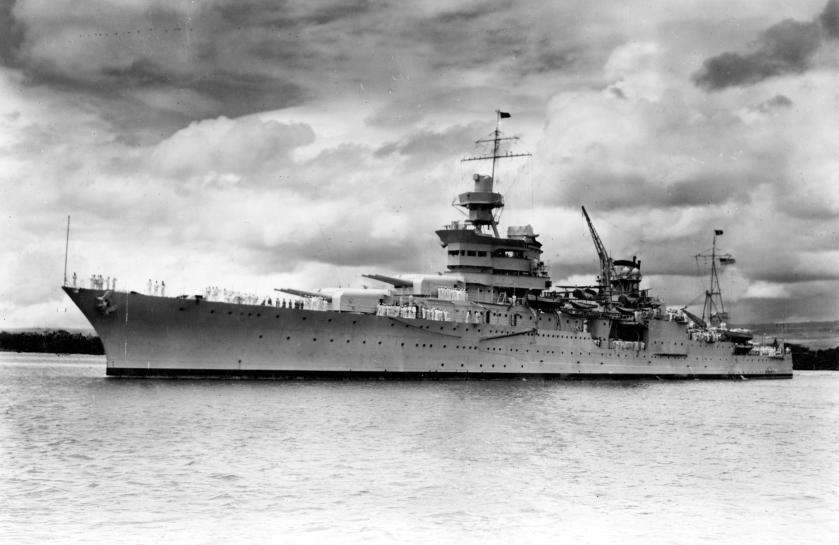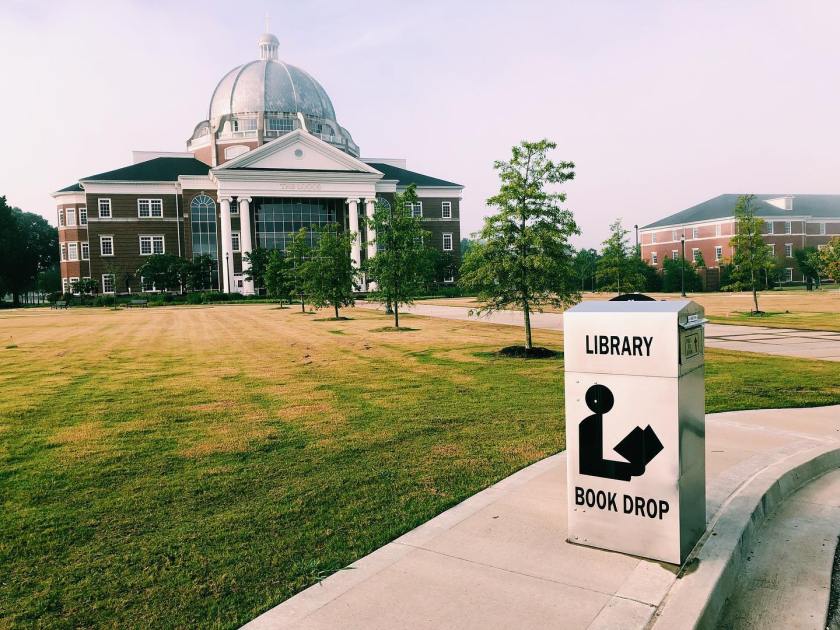
Matthew Beyer has begun a “Moments In History” series to raise awareness of important historical events. Each post will also have book recommendations about the moment in history, using our extensive history collection in the library.
July 30th, 1945
Sinking of the USS Indianapolis
Today marks the 74th anniversary of the sinking of the USS Indianapolis in 1945. The ship was on a top secret mission to deliver parts that would be used to construct an armed and operational atomic bomb codenamed “Little Boy,” which was scheduled to be used on the city of Hiroshima and intended to force the Empire of Japan to surrender. The Indianapolis completed its mission to deliver the bomb’s components; however, on her return voyage, disaster struck as she was hit by two torpedoes from a Japanese submarine. The vessel sank in a mere 12 minutes, with their frantic distress calls going unanswered.
Out of a crew of 1195 men, 300 went down immediately with the ship. The surviving crew were left stranded in the middle of the South Pacific for the next three and a half days. With many wounded, few life jackets, and fewer life boats, the surviving seamen endured unimaginable suffering. There was stifling heat during the day and hypothermic conditions at night. The crew also experienced unquenchable thirst that could lead to the congestion of delirium-inducing saltwater. The worst and most feared fate still awaited these desperate sailors: hundreds of sharks! After the third day the survivors were spotted by a friendly aircraft on patrol, and a rescue craft was sent to aid them, but the total number of those that survived out of the 900 men that went into the water was only 317.
This event would mark the single greatest loss of life by any U.S ship in the navy’s entire history. As of July 2019, there are only 12 remaining living survivors to this tragedy. So if this article finds you today, take a moment and say a prayer for those still living and for those who were lost in the horrors of World War II.
The Union University Library offers several books on this subject for those who would like to learn more:
- Indianapolis:The True Story of the Worst Sea Disaster in U.S. Naval History and the Fifty-Year Fight to Exonerate an Innocent Man
- In Harm’s Way : The Sinking of the USS Indianapolis and the Extraordinary Story of its Survivors
- Out of the Depths : An Unforgettable WWII Story of Survival, Courage, and the Sinking of the USS Indianapolis






















